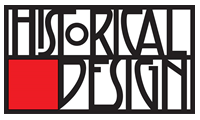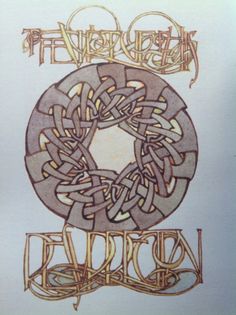Product Description
Archibald Knox / Liberty & Co. Pair of tri-footed vases c. 1902-05


ARCHIBALD KNOX (1864-1933) UK
LIBERTY & CO. London
Pair of tri-footed vases c. 1902-05
Pewter with abstract Celtic floral design in bas-relief on tri-footed base
Marks: 6, MADE BY LIBERTY & CO.., ENGLISH PEWTER 0227
Illustrated: Archibald Knox, ed. by Stephen A. Martin (London: Academy Editions, 1995) ; Liberty Design 1874-1914, Barbara Morris (London: Pyramid Books, 1989) p. ; The Designs of Archibald Knox for Liberty & Co., A.J. Tilbrook (London: Ornament Press Ltd., 1976)
L: 9 3/8”
Archibald Knox / Liberty & Co. Pair of tri-footed vases c. 1902-05
CHRISTOPHER DRESSER (1834-1904) UK
HEATH & MIDDLETON Birmingham, England
Petite claret jug 1887
Sterling silver mounts with hinged covers to both top and spout, glass, ebony handle
Marks: JTH & JHM in a four-lobed cartouche, London assay marks for 1887 (“M” in a shield), Vienna import mark (conjoined AV in a 6-sided cartouche)
Illustrated: Industrial Design Unikate Serienerzeugnisse, Die Neue Sammlung ein neuer Museumstyp des 20. Jahrhunderts, Hans Wichmann (Munich: Prestel-Verlag, 1985), p. 131; Christopher Dresser, ein Viktorianischer Designer, 1834-1904 (Cologne: Kunstgewerbemuseum der Stadt Köln, 1981), p. 73, ill. 86, cat. no. 23; Industrial Design, John Heskett (New York and Toronto: Oxford University Press, 1980), p. 24, illus. 9; Christopher Dresser 1834-1904, Michael Collins (London: Camden Arts Centre, 1979), p. 171, cat.no.12.
H: 6” x Dia: 4”
NORMAN BEL GEDDES (1893 – 1958) USA
Medal 1933 (Commemorating the twenty-fifth anniversary of General Motors)
Silvered bronze
Signed: Norman Bel Geddes [copyright mark ] 1933
Exhibited: The Metropolitan Museum of Art, New York, May 16-Jan. 7, 2001, Mint Museum of Craft & Design, North Carolina, May 3-July 28, 2002
Illustrated: Johnson, J. Stewart, American Modern 1925-1940: Design for a New Age, Harry N. Abrams & The American Federation of the Arts, 2000, p. 127
Diameter: 3″
This medallion, commemorating the twenty-fifth anniversary of General Motors, is an example of the Streamlined style that dominated architecture and design in America from the late 1920s to the end of the 1930s. With its abstracted, teardrop-shaped vehicle form depicted in motion, with the tall winglike element rising from its center, the overall effect is one of speed and movement—characteristic of the Streamlined style and appropriate to the automobile and airplane age. Norman Bel Geddes was trained as a theatrical set designer but best known for another project for General Motors, the Futurama exhibition at the 1939 New York World’s Fair. This exhibit, through which visitors were propelled on a giant conveyor belt, depicted a utopian vision of America in the near future, a world dependent on the speed and efficiency of the automobile for work and recreation.
